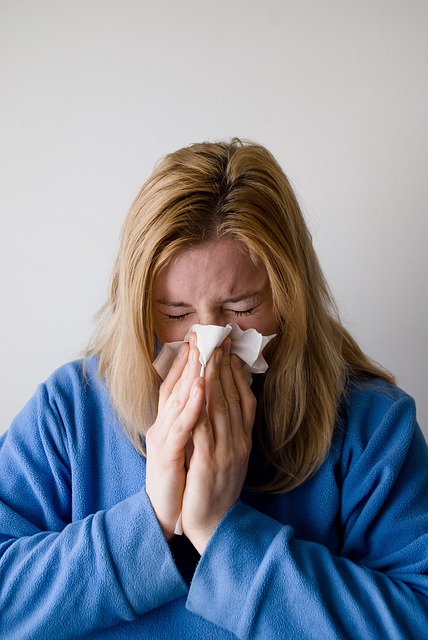Understanding Pet Allergies and How to Manage Them
Pets can bring immense joy and companionship to our lives, but for some people, they can also be a source of discomfort and distress. Pet allergies are a common problem that affects millions of people worldwide. In this article, we will delve into the world of pet allergies, explore their causes, symptoms, and most importantly, provide practical tips on how to manage them.
Causes of Pet Allergies
Pet allergies are primarily caused by proteins found in the dander, urine, saliva, and feces of animals. Dander is a skin shedding that occurs when pets groom themselves, and it contains these allergenic proteins. When people with allergies come into contact with pet dander, their immune system reacts by producing histamine, leading to allergic symptoms.
Other factors that can contribute to the development of pet allergies include:
- Certain breeds of dogs and cats are more likely to cause allergies due to their higher shedding levels.
- Pets kept indoors for extended periods may produce more dander than outdoor pets.
- Poor ventilation in homes can exacerbate allergy symptoms.
Symptoms of Pet Allergies
The symptoms of pet allergies can vary from person to person, but common signs include:
- Runny nose and congestion
- Sneezing and coughing
- Itchy, watery eyes
- Chest tightness and difficulty breathing
In severe cases, pet allergies can trigger asthma attacks or other respiratory problems.
Managing Pet Allergies
While it’s impossible to completely eliminate the risk of pet allergies, there are several steps you can take to reduce your exposure and alleviate symptoms:
- Keep pets out of bedrooms and living areas where people spend most of their time.
- Use HEPA air purifiers to remove allergens from the air.
- Clean homes regularly with a damp cloth to trap allergens.
If you’re allergic to pets but still want one, consider the following options:
- Allergy shots: Immunotherapy can help desensitize you to pet allergens over time.
- Pet hypoallergenic breeds: Some breeds produce fewer allergens than others.
- Regular grooming: Brushing your pet regularly can reduce the amount of dander they shed.
Lifestyle Changes for Pet Owners with Allergies
If you’re a pet owner and have allergies, there are several lifestyle changes you can make to accommodate both your pet and your allergy needs:
- Consider a different pet: If you’re allergic to cats or dogs, consider getting a fish or other low-allergenic pet.
- Use allergen-proof bedding: Cover mattresses and box springs with allergen-proof bedding to prevent dust mites from spreading.
- Keep your home clean: Regular cleaning can help reduce the amount of allergens in your home.
Conclusion
Pet allergies are a common problem that affects many people worldwide. By understanding the causes and symptoms, you can take steps to manage your allergies and live with pets without discomfort. With the right knowledge and precautions, it’s possible to enjoy the companionship of pets while maintaining good health.
Tags
Pet Allergies
How to Manage Pet Allergies
Allergy Symptoms
Pet Care Tips
Pet Allergy Advice

